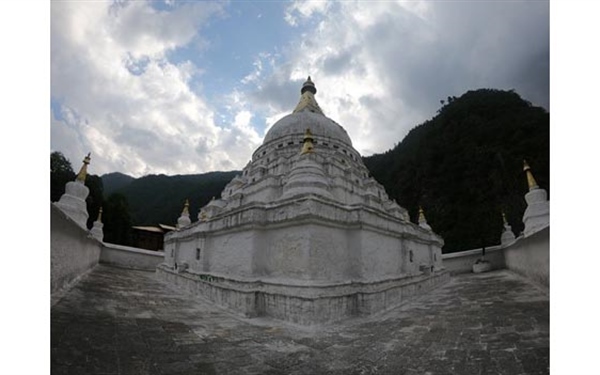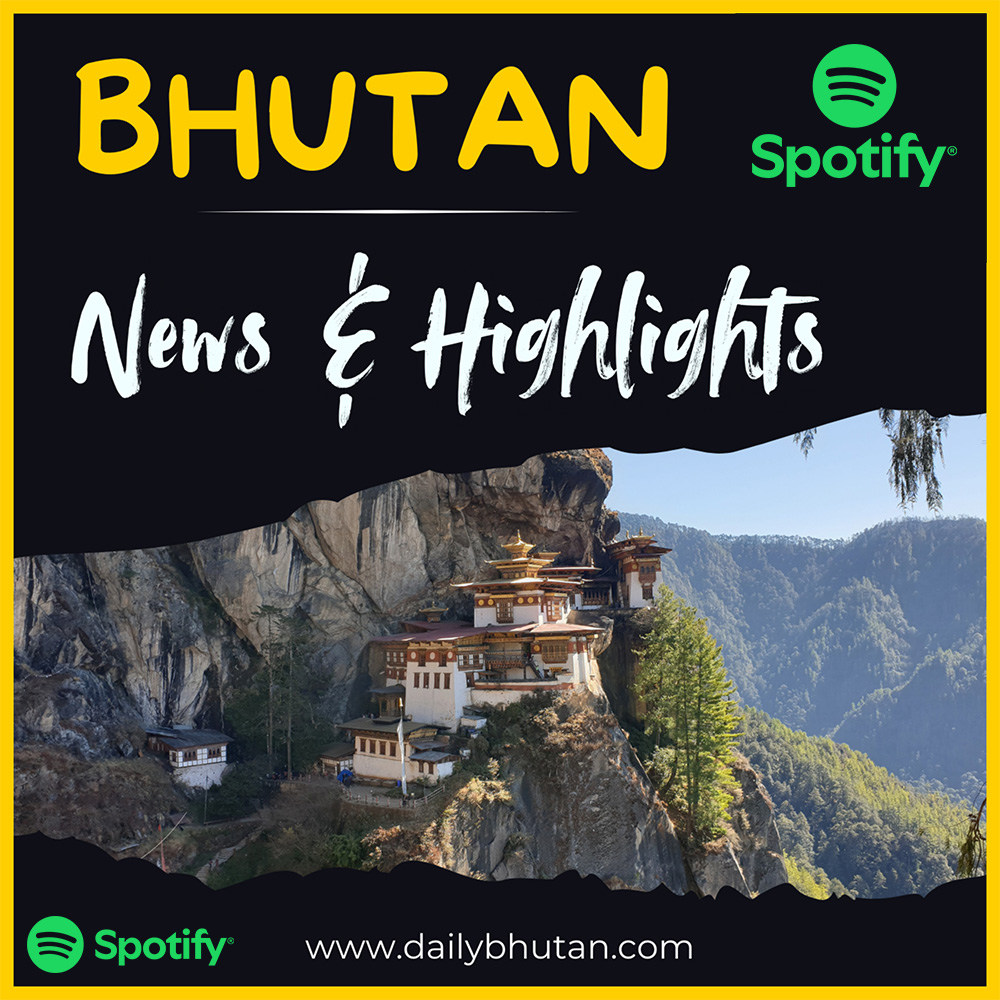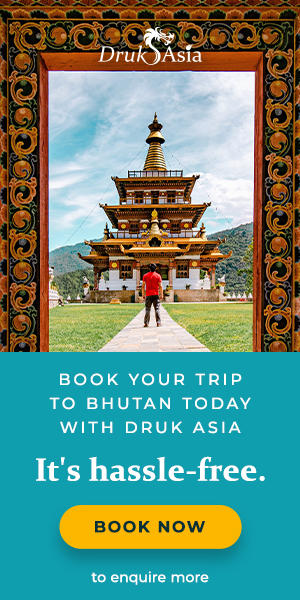Omba Nye - The Taktsang of Eastern Bhutan
‘Omba Nye’ the sacred pilgrimage site is located in Trashi Yangtse Dzongkhag in the eastern part of Bhutan. From the capital city, the road distance is 531.2 km.

Out of 20 districts in Bhutan, Trashiyangtse is one of the newest dzongkhags in the country at an elevation of 1750-1880 masl. Trashi Yangtse was established as a distinct district in 1992 and spans 1,437 sq. km of subtropical and alpine forests. With its wealth of natural, historical, and cultural resources, Trashi Yangtse is a destination that visitors to Bhutan will never forget.
Trashiyangtse district is known countrywide for Chorten Kora and Gomphu Kora. It is the biggest attraction for circular pilgrimages. People from all walks of life and district travel to significant landmarks once in their lifetime to circumambulate. The giant stupas are modelled after the famous Boudhanath stupa in Nepal which took 12 years to construct. There are also other relevant reasons why one should not miss Trashigang Dzongkhag. One of the biggest reasons is that the pilgrimage site ‘ Omba-Nye’ of Guru Padmasambhava, the saint who introduced Buddhism in Bhutan is located in Trashigang.
“Om” comes from the sacred syllable “Om Ah Hung”. This letter is inscribed on a rock in Omba Nye near Jangphu Village. It takes an entire day to visit the sacred sites around the Omba Vicinity. Various imprints of Guru Rimpoche can be found on the way to the monastery. It's built on the face of the cliff which gave the name of the sacred site the "Tiger's Nest of the East".
It was revealed as a sacred site by the descendants of the great Terton, Guru Chowang, and later sanctified by the visit of Terton Pema Lingpa. It is said Guru Padmasambhava blessed the place while he was pursuing the evil spirit of Gomphu Kora, lower down in the valley.
Today, hundreds of pilgrims head to Omba-Nye either after or before visiting Aja Nye. The pilgrims or travelers can stay over at homestay and experience the local homestay experience and binge on one of the best ‘ema datsi’ curry. Trashi Yangtse is also known for growing one of the biggest chilies in Bhutan.
Trashiyangtse is an ethnically and culturally diverse district and the inhabitants include Yangtseps, the region's indigenous dwellers, Tshanglas, Bramis from Tawang, Khengpas from Zhemgang, and Kurtoeps from Lhuentse. This rich cultural tapestry has resulted in an interesting mix of languages and cultural practices in the region. Three major languages are spoken in Trashiyangtse. In the north, including Bumdeling and Toetsho Gewogs, inhabitants speak Dzala. In the south, Tshangla (Sharchopkha), the lingua franca of eastern Bhutan, is spoken, and in some parts, locals speak Chocangacakha.
Woodcraft & Handicraft
The people of the region have developed incredible skills at woodworking and paper-making. The items they produce such as traditional wooden bowls are prized throughout the country. Trashiyangtse is the home to the school of Traditional Arts ‘ Zorig Chu Sum’, which is a sister school of the School of Traditional Arts in Thimphu and teaches six forms of art; painting, pottery, wood sculpture, wood-turning, lacquer-work, and embroidery.
Nature & Wildlife
Trashi Yangtse district is home to some of the country's important protected areas and parks such as Bumdeling Wildlife Sanctuary. The Bumdeling Wildlife Sanctuary is located in the Northeastern part of Bhutan covering an area of 1520.61 km with 420km sq. of buffer zones. The ecosystem is parts of Trashiyangtse, Lhuntse, and Mongar Dzongkhag. It shares an international border with China (Tibetan province) in the north and India and Arunachal Pradesh in the North East.
Once a year, the people of Tawang travel to Trashiyangtse during grand Chorten Kora. Legend has it that the princess of Tawang was buried inside the mammoth Chorten.




